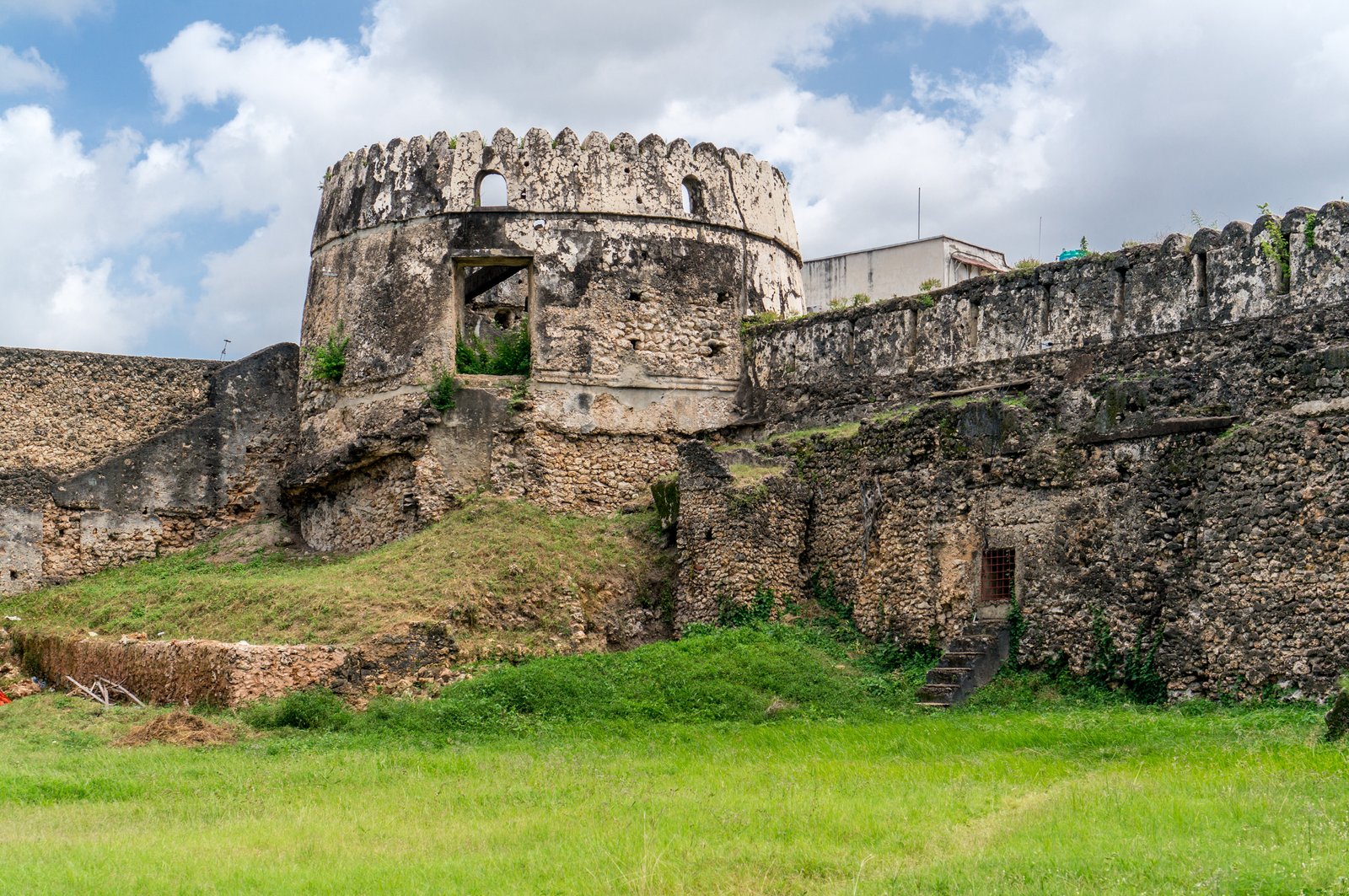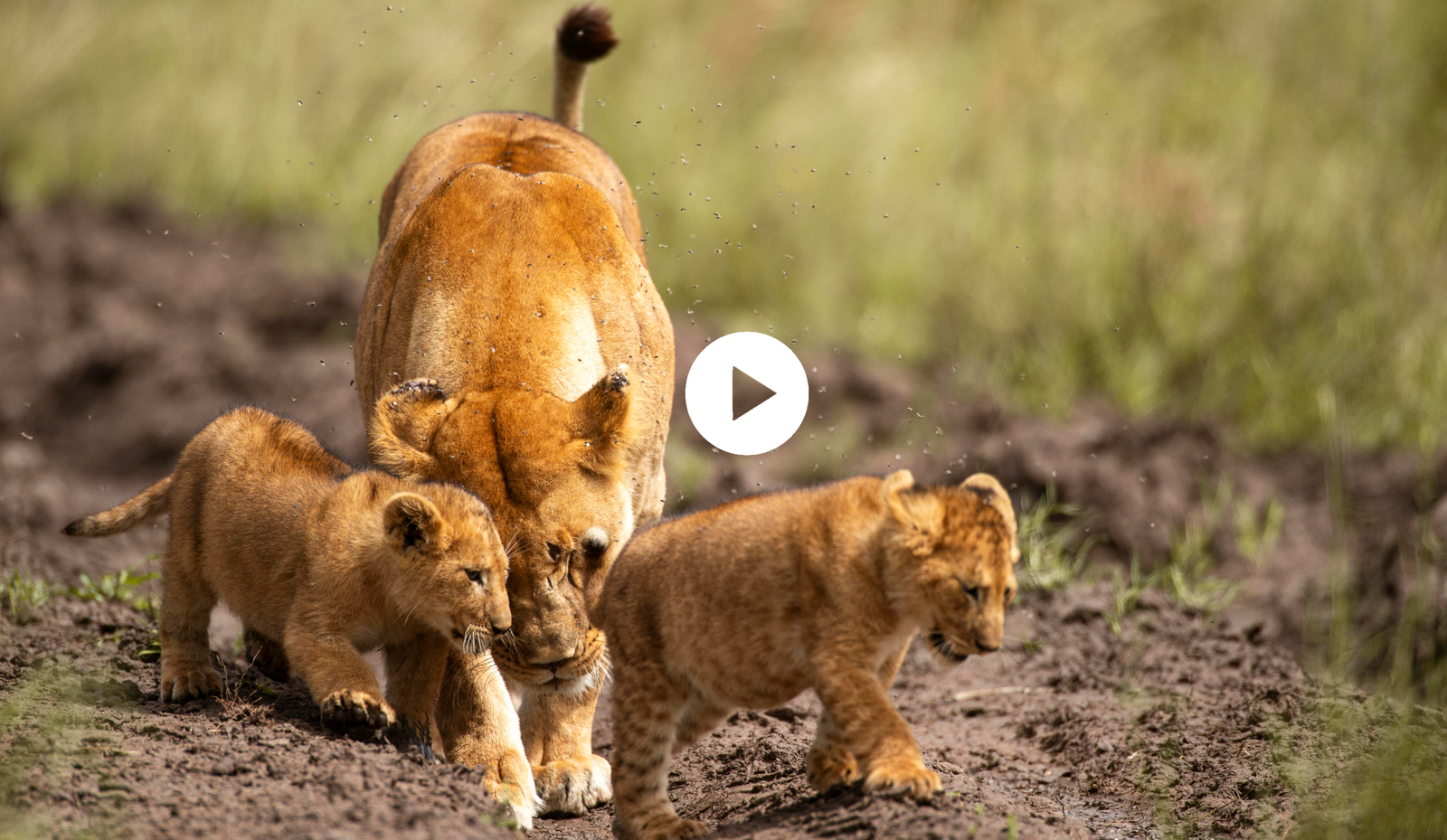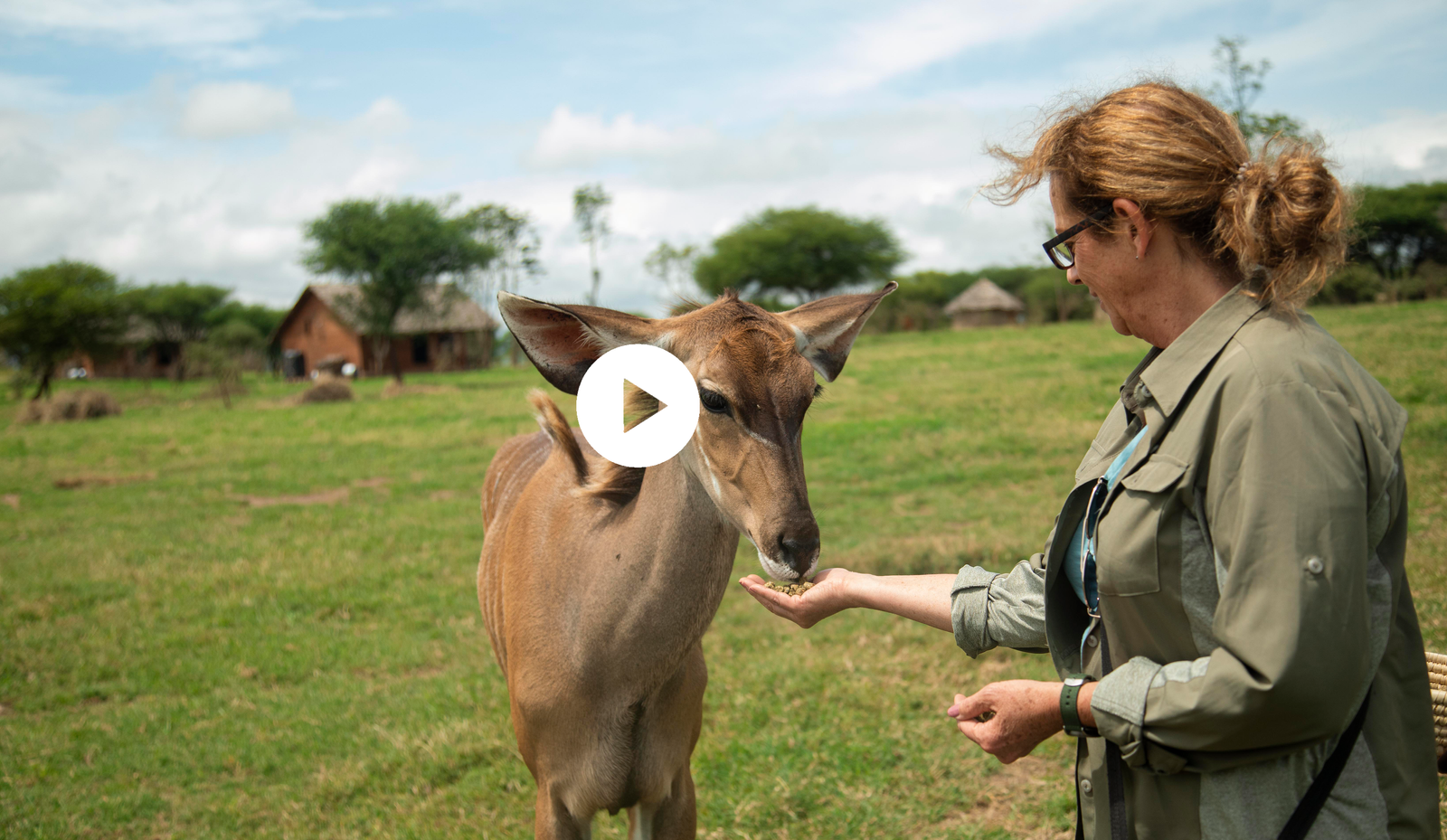
Bagamoyo
Embark on a captivating day trip to Bagamoyo, located just 75 kilometers north of Dar es Salaam. Known as the starting point of the slave caravan routes and the terminus of white missionaries, Bagamoyo is steeped in history and intrigue. Explore the Kaole Ruins, dating back to the early 15th century, and visit the first Roman Catholic Church in Tanganyika, constructed by the Germans in the 1880s. Delve into the town's rich heritage at the museum, where numerous historical artifacts are on display. And don't miss the chance to relax on the splendid beach, perfect for swimming and enjoying a delightful picnic lunch.
Founded in the late 18th century as a small port trading hub for dried fish, gum, cobalt, and salt, Bagamoyo quickly grew in importance as a caravan entreport, attracting traders from distant areas inland, stretching as far as Morogoro and Usambara. Its significance soared in the 19th century with the surge in ivory and slave trade.
However, Bagamoyo's prominence began to wane in 1940 when the Sultan of Oman, Seyyid Said, relocated his capital from Muscat to Zanzibar to strengthen his grip along the Eastern African coast.
Caravans laden with goods such as clothing, wire, beads, and ornaments journeyed to the coast from the interior, returning with slaves carrying ivory. Consequently, Bagamoyo emerged as the primary entreport for the mainland's slave and ivory trade.
The town's allure attracted renowned European explorers including Burton, Speke, Stanley, and Livingstone. In 1868, the Holy Ghost fathers established their first mission station in Bagamoyo. It was here, in the chapel, that Dr. Livingstone's body was brought from the interior and temporarily laid to rest before being repatriated to Europe.
Book Today, Explore Tomorrow!
Explore the World
Explore our beautiful brochures for ideas on incredible adventures. For special discounts, give us a call or contact your travel advisor today. Don’t wait to book your dream getaway!





